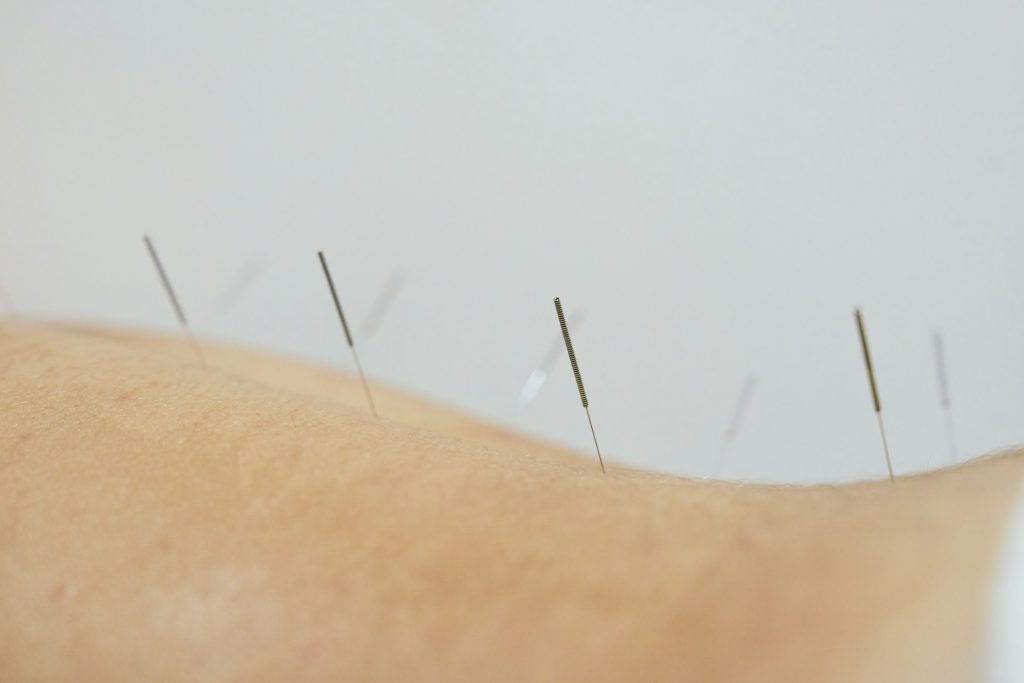If you suffer from chronic pain, you know how it can affect daily life. Finding effective treatments is crucial. Have you heard of dry needling? It’s a method used by therapists to help relieve pain in muscles. Dry needling involves inserting thin needles into trigger points in the muscles, which can help reduce tightness and pain.
Combining dry needling with massage therapy offers even better results. Massage helps to loosen up muscles, improve circulation, and enhance the overall treatment. This combination allows for more comprehensive care, targeting both the surface and deeper layers of muscle.
Many people find that this combined approach offers them longer-lasting relief from their pain. It can also help with mobility and reduce stress levels. Understanding how these treatments work together can help you make informed decisions about your care. It’s time to explore how dry needling and massage can make a big difference in managing pain and improving your quality of life.
What is Dry Needling?
Dry needling is a treatment that helps relieve muscle pain. It involves inserting very thin needles into trigger points, which are tight knots in your muscles. These trigger points can cause pain in the area or even in other parts of the body. By targeting these points, dry needling helps to release the tension and reduce pain.
When the needle enters the trigger point, it can cause a twitch response in the muscle. This twitch tells the muscle to relax, reducing tightness and discomfort. Dry needling also improves blood flow to the affected area, which helps speed up the healing process. Unlike acupuncture, which is based on traditional Chinese medicine, dry needling focuses on treating pain and movement issues in the muscles.
How Massage Complements Dry Needling
Combining massage with dry needling offers a more effective approach to pain relief. Massage helps relax muscles and improve circulation, which enhances the effects of dry needling. While dry needling targets deeper muscle layers, massage addresses the surface muscles and tissues. This combination provides a comprehensive treatment that targets pain from multiple angles.
Types of massage that work well with dry needling include remedial massage and myotherapy. Remedial massage focuses on treating damaged muscles and tendons, helping to reduce pain and improve movement. Myotherapy uses a variety of techniques, such as stretching and trigger point therapy, to treat muscle and joint issues. By combining these massages with dry needling, you can achieve better results in pain management and overall muscle health.
Benefits of Combining Dry Needling and Massage
Combining dry needling with massage can dramatically improve pain relief. This combination targets both surface muscles and deeper muscle layers. Dry needling releases tension in the muscles by targeting trigger points, while massage helps to loosen tight muscles and improve overall circulation. This dual approach helps the muscles relax and heal more effectively.
There are many other benefits to combining these treatments. Improved mobility is a key benefit. When muscles are less tense and more flexible, you find it easier to move without pain. Reduced stress is another important advantage. Both dry needling and massage help to lower stress levels, which can further reduce pain and improve your overall sense of well-being.
Regular sessions of combined dry needling and massage can lead to better long-term results. People who receive both treatments often report reduced pain and improved function over time. This holistic approach provides comprehensive care that addresses the root causes of muscle pain and tightness.
Tips for Maximising Results
To get the most out of your dry needling and massage sessions, follow some simple post-treatment care tips. First, stay hydrated. Drinking plenty of water helps flush out toxins released from the muscles during treatment. It also aids in muscle recovery and reduces soreness.
Use cold or heat packs if needed. Applying a cold pack can help reduce any immediate inflammation or swelling. Heat packs can help relax the muscles further a few hours after the treatment. Gentle stretching can also be beneficial. After your session, practice some light stretches to keep your muscles loose and maintain the benefits of the treatment.
Consider making lifestyle changes and incorporating exercises that support muscle health. Regular physical activity can keep your muscles strong and flexible. Activities like yoga, swimming, and walking are excellent choices for maintaining muscle balance. Ensure you maintain good posture while sitting and standing to reduce unnecessary strain on your muscles.
Conclusion
Dry needling combined with massage offers a powerful solution for pain relief and overall muscle health. Understanding how these treatments work together provides the knowledge you need to make informed decisions about your care. This combination not only addresses pain effectively but also improves mobility and reduces stress, enhancing your quality of life.
To experience the benefits of these treatments, consider booking a session with Rin Massage Therapy. Our skilled therapists in Melbourne’s North-East are trained in both dry needling and various massage techniques to help you achieve the best results. Take the first step towards a pain-free life by scheduling your appointment with Rin Massage Therapy–explore our massage services in Melbourne today.

